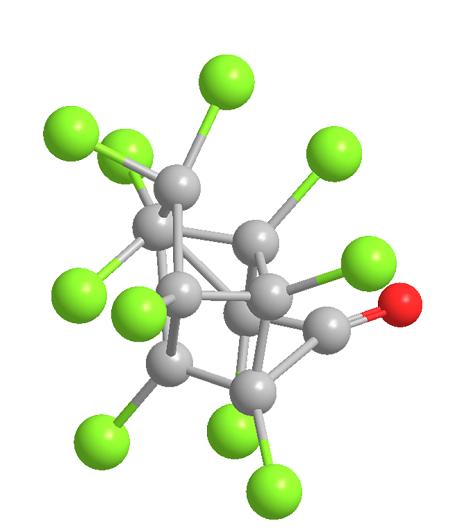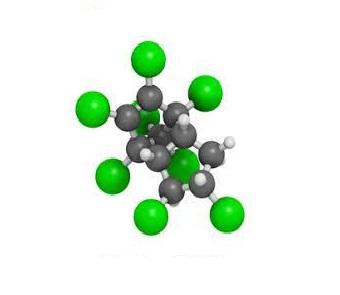Side effects of Chlordecone
Jan 5,2022
Chlordecone, commonly known as kepone, is a tan to white crystalline odorless solid that was used primarily as insecticide. Specific application included control of the rust mites in nonfruit- bearing citrus trees, control of wireworms in tobacco fields, grass mole crickets, slugs, snails, and fire ants.

History
Chlordecone was first produced in the United States in the early 1950s and introduced commercially in 1958. A huge quantity of this compound (3.6 million pounds) was produced in the United States between 1951 and 1975. Production of chlordecone stopped in 1975 after the incidence of intoxication of workers from severe industrial exposure from only chlordecone manufacturing plants. During 1974–75, Life Science Products associated with Allied Chemical Corporation, who was the sole producer of kepone in the United States, experienced keponerelated intoxication in over half of their 133 employees. Kepone illegally discharged in the nearby James river by the factory also resulted in extensive contamination in the water and marine life throughout the tidewater region in Virginia. The production plant was officially shut down in 1975. Typical symptoms of chlordecone intoxication include nervousness, headache, and tremor.
Application
Chlordecone had wide application as insecticide and fungicide.
Side effects
A cardinal feature of chlordecone intoxication in humans is
tremor, which occurs due to the alteration in neurotransmitter
activity in dopaminergic, serotonergic, and a-noradrenergic
systems. At the cellular levels, changes in ATPase activity and
calcium homeostasis in the nervous system were observed.
Calcium uptake in animals decreased and calcium concentration
in total protein-bound myelin and synaptosomal calcium
following daily oral doses of 25 mg kg-1 in mice was observed.
In vitro study results suggested alteration of calcium regulation
as a main reason for neurological disorder. Chlordeconeinduced
inhibition of brain mitochondrial and synaptosomal
membrane-bound Na+, K+, ATPase, and oligomycin-sensitive
Mg2+-ATPase activity was observed, which may result in
blocked cellular uptake and storage of neurotransmitters such
as catecholamines and γ-aminobutyric acid, leading to neurotoxicity.
Significant decrease in the level of dopamine in whole
brain and striatum was seen in animals exhibiting tremor.
Chlordecone-induced hepatic biliary dysfunction could be due to the inhibition of Mg2+-ATPase, resulting in decreased hepatic mitochondrial energy production. Chlordecone at high doses induces the hepatic microsomal drug-metabolizing.
- Related articles
- Related Qustion
Chlordane is a chlorinated cyclodiene manufactured for use as an insecticide. Technical chlordane is a mixture of cisand trans-chlordane, lesser amounts of heptachlor, nonachlor and chlordenes, and other related compounds. Chlordane represe....
Jan 5,2022Chemical pesticides ?Lixisenatide (Adlyxin, Sanofi-Aventis) is the newest FDA-approved GLP-1RA and Midrohydrazine (also known as THP, MET-88 and mildronate) is a new type of heart protective drug.....
Jan 6,2022DrugsChlordecone
143-50-0You may like






